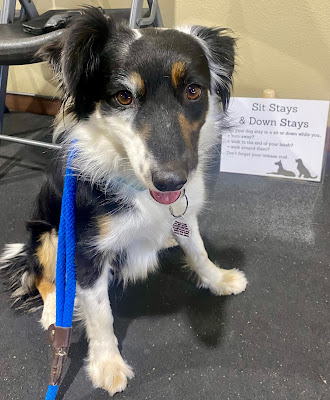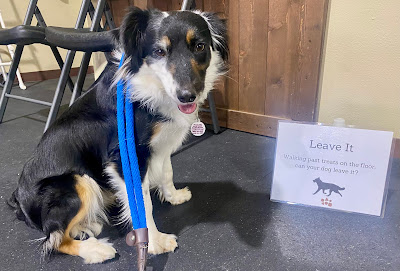From a public social media post concerning online grumblings about perceived barriers to adopting dogs from rescue, and my rebuttal:
Animal Accolade's response:
- Only 1 out of every 10 dogs born will find a permanent home.[1]
- The main reasons animals are in shelters: owners give them up, or animal control finds them on the street.[2]
- Each year, approximately 2.7 million dogs and cats are killed every year because shelters are too full and there aren’t enough adoptive homes. Act as a publicist for your local shelter so pets can find homes. Sign up for Shelter Pet PR.[3]
- Approximately 7.6 million companion animals enter animal shelters nationwide every year. Of those, approximately 3.9 million are dogs and 3.4 million are cats.[4]
- According to the National Council on Pet Population Study and Policy (NCPPSP), less than 2% of cats and only 15 to 20% of dogs are returned to their owners.[5]
- 25% of dogs that enter local shelters are purebred.[6]
- About twice as many animals enter shelters as strays compared to the number that are relinquished by their owners.[7]
- It’s impossible to determine how many stray dogs and cats live in the United States. Estimates for cats alone range up to 70 million.[8]
- Only 10% of the animals received by shelters have been spayed or neutered. Overpopulation, due to owners letting their pets accidentally or intentionally reproduce, sees millions of these “excess” animals killed annually.[9]
- Many strays are lost pets that were not kept properly indoors or provided with identification.[10]
- According to The Humane Society, there are about 3,500 brick-and-mortar animal shelters in the US and 10,000 rescue groups and animal sanctuaries in North America.[11]
The Mosby Foundation. "Truth of what happens to shelter animals everyday." Web Accessed February 23, 2015. ↩︎
Towell, Lisa. "Why People Abandon Animals." PETA Prime, 2010. Web Accessed February 23, 2015. ↩︎
American Society for the Prevention of Cruelty to Animals. "Pet Statistics." Web Accessed February 26, 2015. ↩︎
American Society for the Prevention of Cruelty to Animals. "Pet Statistics." Web Accessed February 26, 2015. ↩︎
American Society for the Prevention of Cruelty to Animals. "Pet Statistics." Web Accessed February 26, 2015. ↩︎
The Humane Society of the United States. "U.S. Pet Ownership and Shelter Population Estimates." 2012 & 2013. Web Accessed February 23, 2015. ↩︎
American Society for the Prevention of Cruelty to Animals. "Pet Statistics." Web Accessed February 26, 2015. ↩︎
American Society for the Prevention of Cruelty to Animals. "Pet Statistics." Web Accessed February 26, 2015. ↩︎
American Society for the Prevention of Cruelty to Animals. "Pet Statistics." Web Accessed February 26, 2015. ↩︎
American Society for the Prevention of Cruelty to Animals. "Pet Statistics." Web Accessed February 26, 2015. ↩︎
The Humane Society. "Pets by the numbers." Web Accessed February 20, 2019. ↩︎
For my part, I wish we could all agree that rescues aren't the problem, and the few good, ethical, responsible breeders aren't the problem. The dog abandonment (and worse) crisis we face is a multi-faceted problem. The solution surely begins with being a responsible guardian for the animals in our care.






































